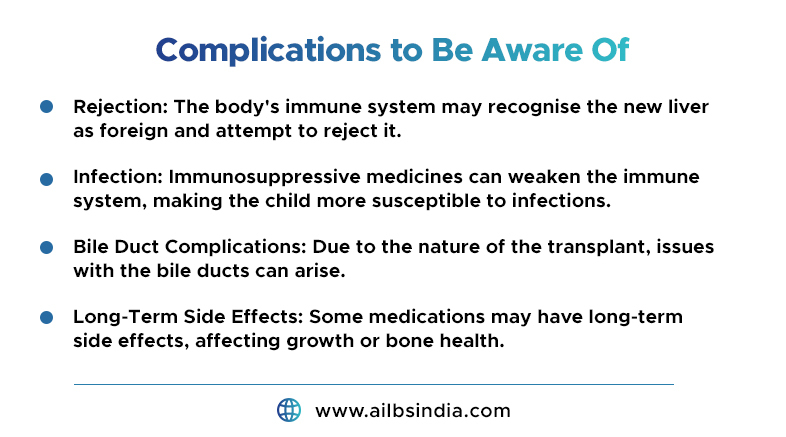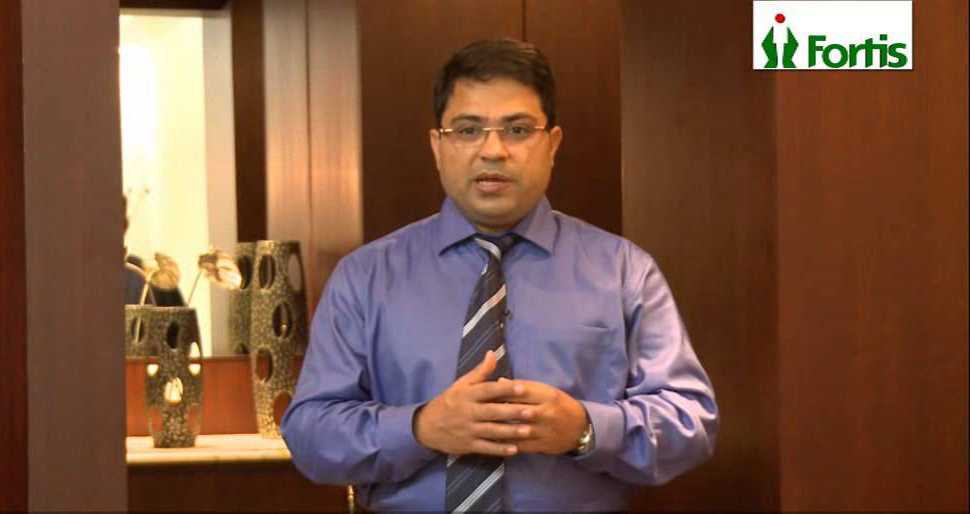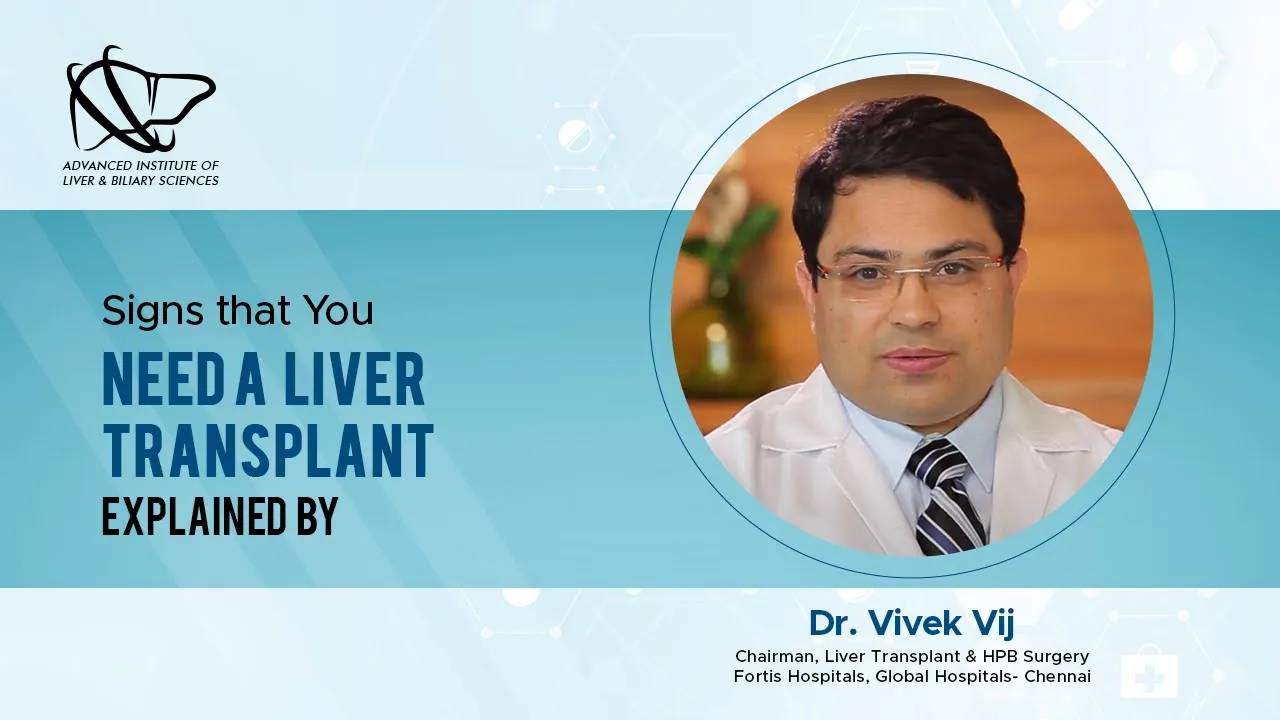
When it comes to the health of our little ones, it’s natural to be concerned and seek the best possible solutions to maintain their liver health. But sadly, in some cases, a paediatric liver transplant becomes a crucial option for your child.
A paediatric liver transplant is often seen as the final option for children facing end-stage liver disease. While the liver transplant success rate has improved, this procedure remains a complex surgery with notable techniques and complications to take care of.
So, if you want to know more about techniques and complications linked with paediatric liver transplants, this blog has got you covered. Read out this blog to get the best insights.
The liver plays a vital role in our bodies, including processing nutrients, filtering blood, and producing essential proteins. In children, various conditions may lead to severe liver problems. The most common cause of paediatric liver transplant is biliary atresia, a rare disease affecting the bile ducts in infants.
Biliary atresia occurs when the bile ducts, responsible for carrying bile from the liver to the gallbladder, are either absent or damaged. This can lead to bile buildup, damaging the liver over time. Sadly, it’s the primary reason children might need a liver transplant.

While the road to recovery may seem long, many children lead healthy and fulfilling lives after a liver transplant. Regular follow-ups with the best liver transplant surgeon in India, adherence to medications, and a supportive environment at home contribute to a successful post-transplant journey.
Understanding the techniques and potential complications of paediatric liver transplants is crucial for parents facing this challenging situation. With advancements in medical science, the liver transplant success rate has significantly improved, offering hope to families dealing with paediatric liver disorders.
If you ever find yourself in such a situation in which your children have gone through some liver problems, Dr Vivek Vij is the best to consult with. He is the best liver transplant surgeon in India who has 20+ years of experience in doing successful liver transplants. Book an appointment now to know more.
Answer: The most common reason is a condition called biliary atresia, where the bile ducts are damaged or missing, leading to liver problems in infants.
2. How is a paediatric liver transplant done?
Answer: There are two main ways. One involves taking a part of a healthy liver from a living donor (often a family member). The other method uses a liver from a deceased donor, carefully matching it to the child’s size and blood type.
3. What happens during the transplant surgery?
Answer: Surgeons replace the damaged liver with a healthy one. The surgery takes several hours, and the child is closely monitored during and after the procedure.
4. Are there complications after a paediatric liver transplant?
Answer: Yes, there can be complications, such as rejection, infection risk due to weakened immunity, and potential issues with the bile ducts. Regular check-ups and following medical advice help manage these challenges.
5. How is life for a child after a liver transplant?
Answer: Many children lead healthy lives post-transplant. They need regular check-ups, take medications to prevent rejection, and may face some challenges like potential long-term side effects. A supportive environment and proper medical care contribute to a successful recovery.


